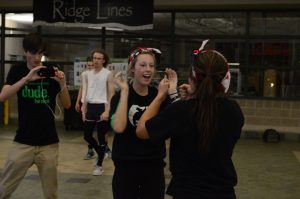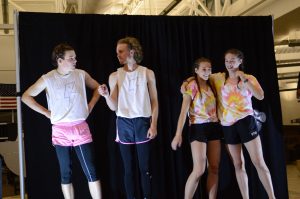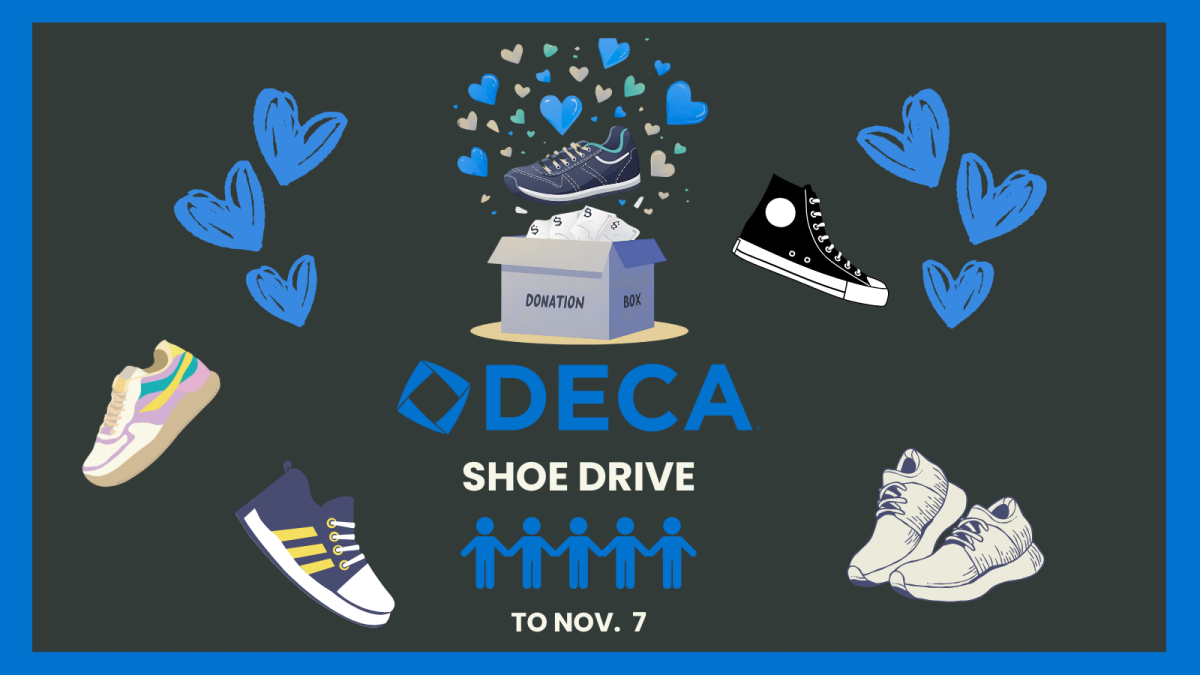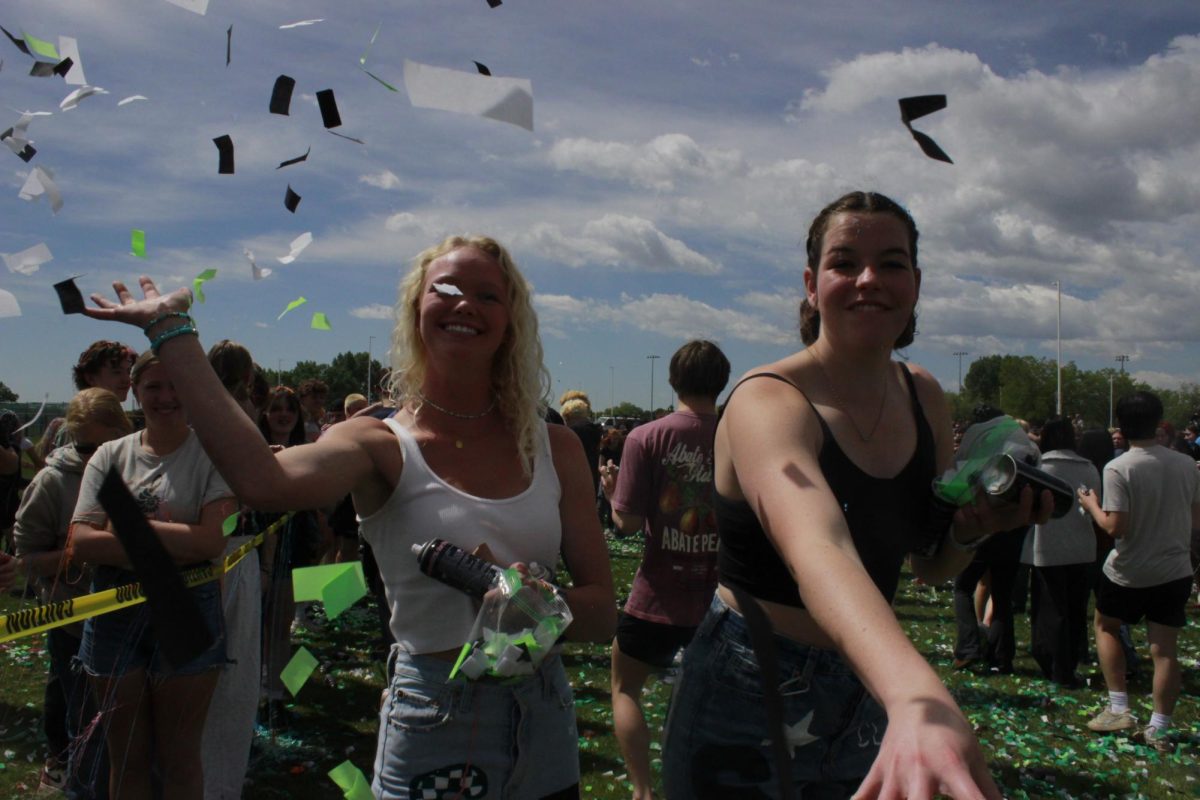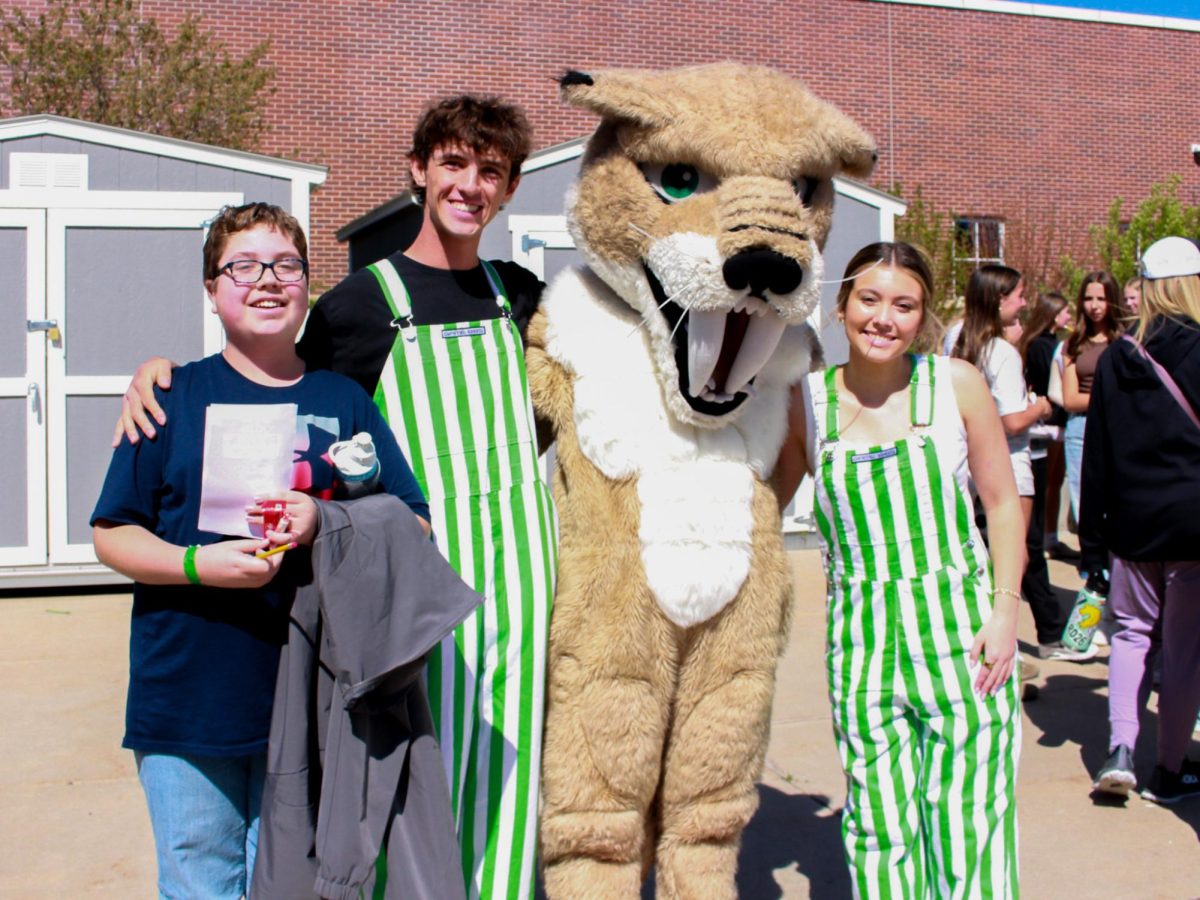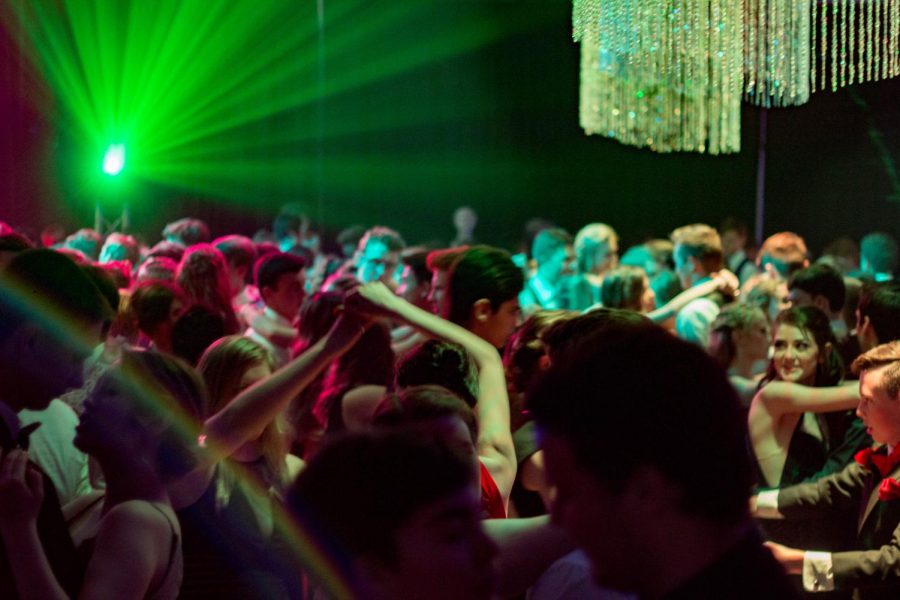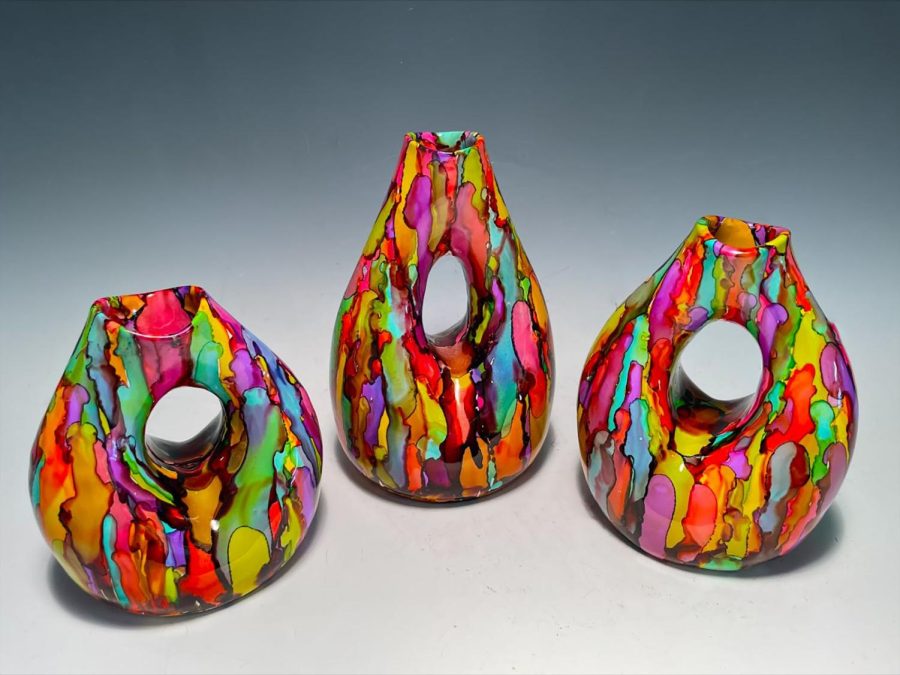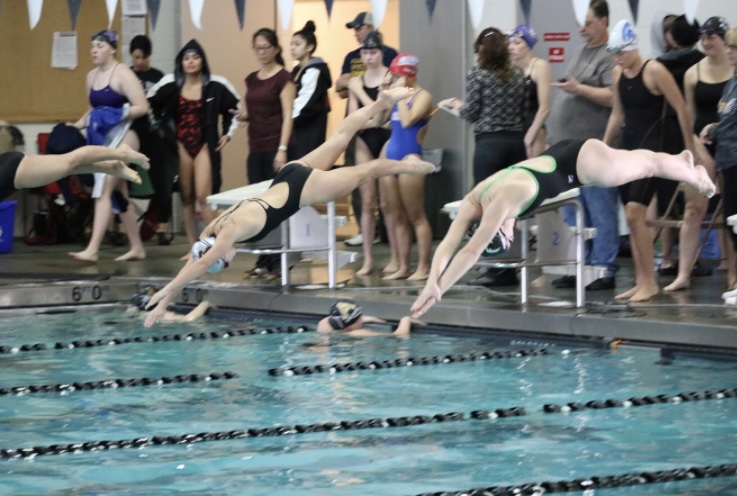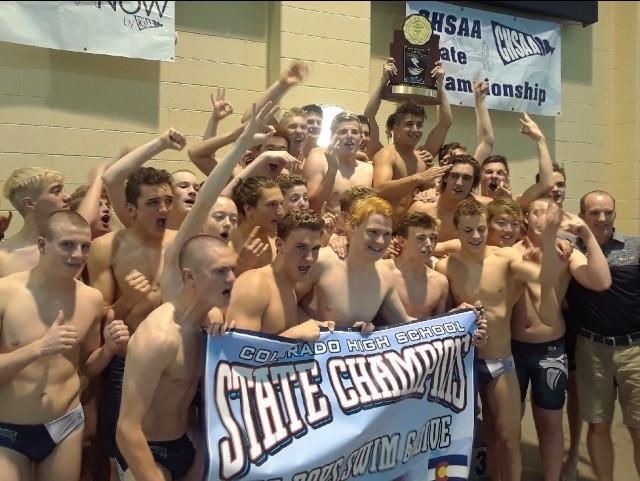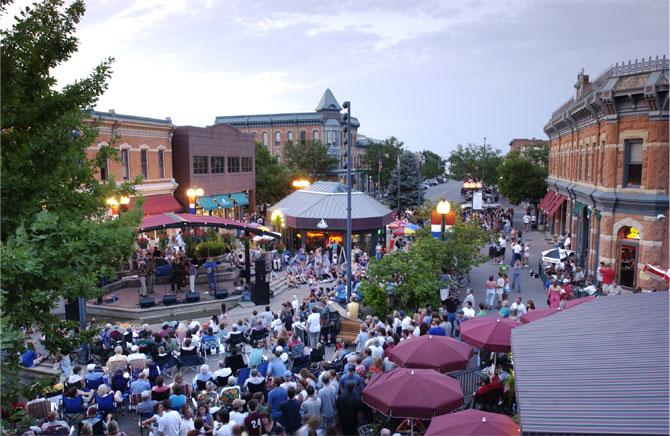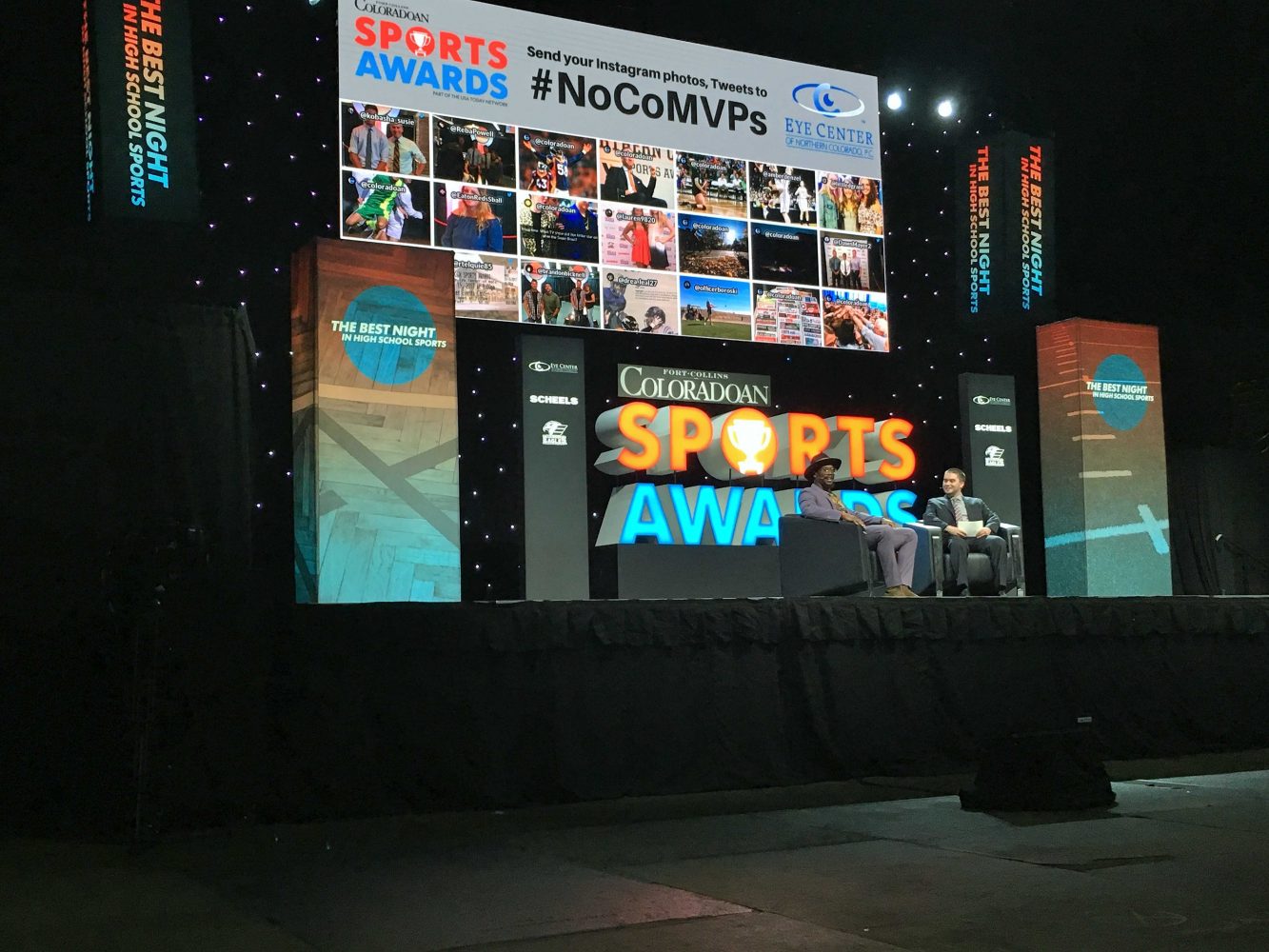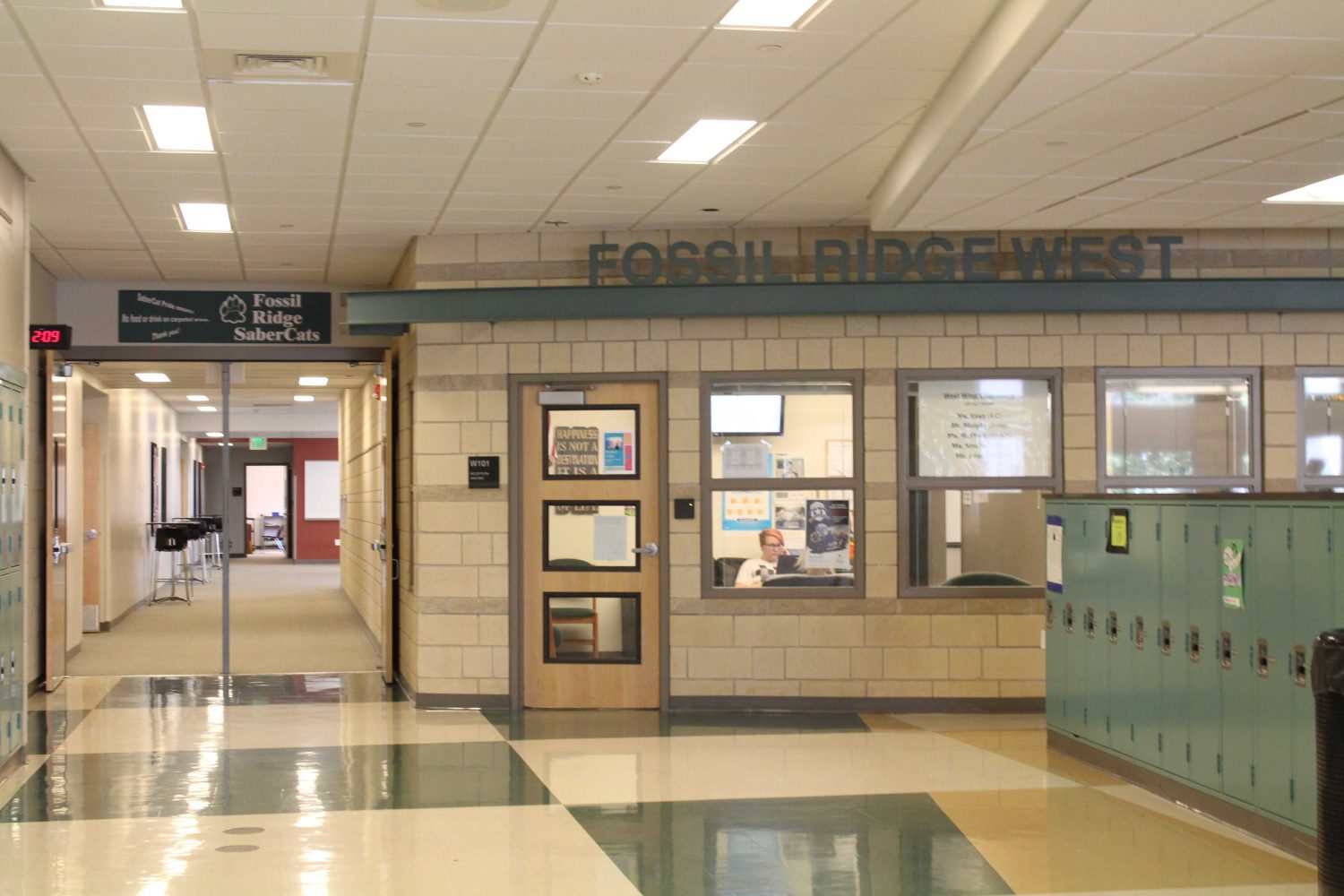The third annual Ridge Games took place on Thursday, April 6. Typically, on the first week in April, there is no school on Friday, the perfect time for students to stay overnight. The first year of Ridge Games, competitors stayed at the school until six the next morning, with Student Council and Ridge TV staying until seven to clean up. Since then, the end time for annual competition has been reduced to three am, and this year was expected to end at two am.
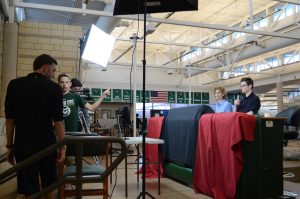
There were five challenges, and a different number of smaller events within each challenge. Student Council committees collaborated on the different challenges, and different TV students directed the cameras during the challenges.
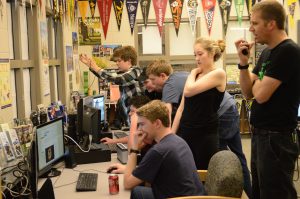
The first challenge was open; there would be no eliminations after the events ended. Competitors were encouraged to get as many points as possible the points could be used to buy “get out of eliminations cards.” Each team had a base surrounding the football field, the goal was to collect as many resources as possible from different districts in 40 minutes. In each district there were different ways to collect resources, and different modes of transportation to get back to bases. In District 4 there was fishing, and District 12 consisted of collecting coal. District 13 had unknown resources, but points could be collected by solving riddles. Competitors in District 9 needed to collect grain, and in District 10 lassoing “livestock” was the goal.
Challenge two had three training centers. Teams were assigned a number, and moved in groups to each station. The final event involved every team working to complete a riddle. The first station gave teams points depending on how well they could shoot a nerf gun at differing targets.
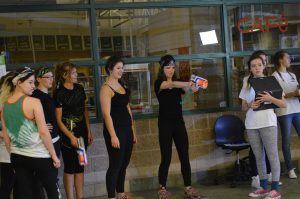
The second station focused on strength -competitors threw a medicine ball as far as they could to gain points. The third station was an obstacle course. Teams were scored based off of how quickly the completed the entire circuit.
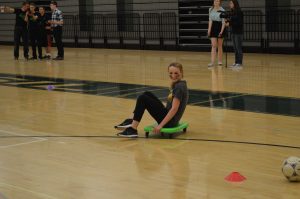
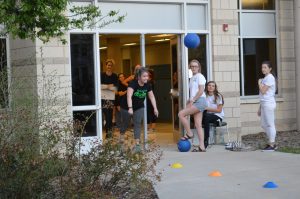
To balance out the athletic competitions, the fourth and final event was a riddle sheet given to each team. For each correct answer, teams were awarded points.
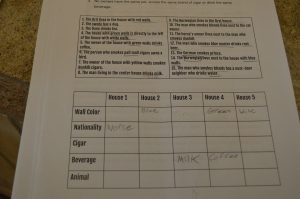
The tributary is the elimination round after each challenge. Different numbers of teams were eliminated each time until only four teams were left. During tributaries contestants continued to put their best effort out, because the winning team was allowed back into the competition.
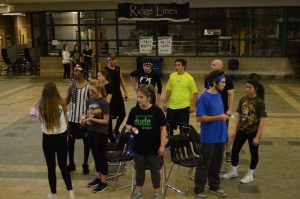
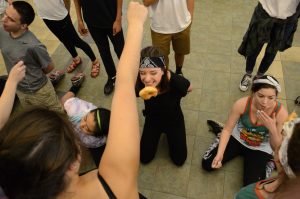
With 16 teams left, the third challenge, called Jewel Heist, began. The first event involved competitors using scooters to get across the gym for suicide sprints. At each point for the sprints, there were clues for a number code the teams were supposed to solve. The first five teams to answer would receive (plastic) jewels.
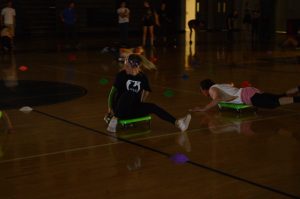
The second event was a hula-hoop relay search and find. Across the small gym, different items were laid out, and behind, next to, or under these items were more jewels for contestants to collect. The partners had to switch off every time they went out to find something, whether they found a jewel or not. All teams were given 10 minutes to find as many jewels as possible.
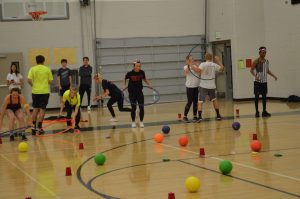
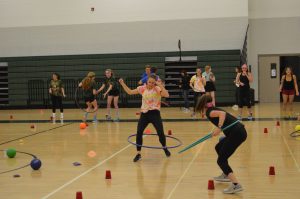
The third event was capture the flag, where jewels were up for grabs. Teams were paired up, and were encouraged to steal other teams jewels and obtain the free jewels in the middle of the playing area.
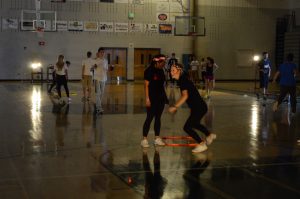
The fourth event was when the real competition began. The contestants needed to escape from the P.E. hallway if they wanted to get away with their jewel heist. The jewels teams had collected during the earlier events determined how they were ordered for release to find their “escape vehicle.” In the outdoor classroom, towels were hidden, and teams needed to find a towel, and get back to the athletic hallway to make their getaway. To get from the end of the Athletic Hall back to the Commons, contestants had to scoot on their towels while remaining seated. The first seven teams to arrive back at the Commons would be safe from elimination.
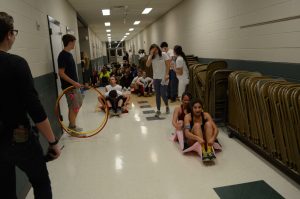
The fourth challenge was a series of events. The first event was red cup roulette, where contestants had to drink mysterious liquids to find a locker combination at the bottom of three of the six cups. The numbers for the locker combo were not in order, and contestants had to memorize the code before making their way to the P.E. locker rooms.
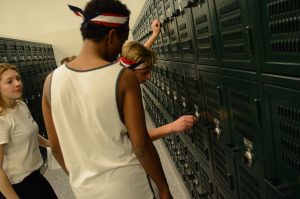
When contestants got their locker open, the second event began. Inside the lockers teams found items to make a marshmallow tower. The tower had to be eight inches tall, and until other challenges were completed other teams were allowed to sabotage the towers by knocking them down.
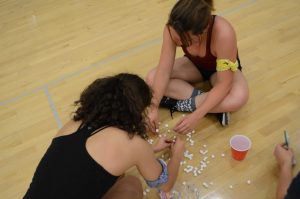
The third challenge was a marble transport. To receive the pipes to transport the marble, teams had to solve a clue. The marble had to be carried from the Commons to the East Wing, with checkpoints that teams could go back to if the marble fell. Event four was a blindfolded maze through the East Wing Locker Bay. One team member was blindfolded, while the other yelled directions. The blindfolded teammate had to make their way through the maze without touching any lockers, obstacles or other people. The final event of the fourth challenge was a puzzle. Teams were given a bag full of puzzle pieces, the first three to complete the puzzle would be safe.
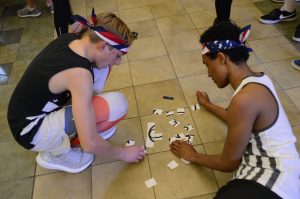
During the fourth challenge, students not involved with Ridge Games showed up at Fossil. Student Council advisor Amanda Jones and TV teacher Branden Gallagher worked in tangent to send these students home. “The reason it’s important we’re not having students randomly stop in when we are doing Ridge Games, or any event where we have a list of participants, is for that reason. We already know who’s supposed to be in our building and it’s really just about a safety concern,” said Mrs. Jones.
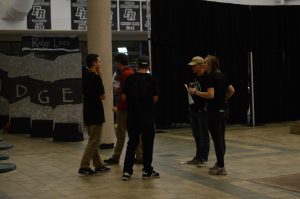
The final four teams began their fifth event ahead of schedule and without a rest break. Each team was assigned a suit of cards for the challenge. The first event was a blacklight search for cards marked with an x. There was an entire deck of cards hidden within a classroom, but only four cards for each suit had the x that was only visible in blacklight.
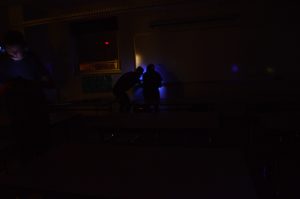
Event two used clues to collect five cards for a poker hand. The teams picked clues that led them throughout the school to find their hand. The third event was a mini challenge. Contestants went around the school together playing against each other directly in the challenges. At the end of each mini challenge the winner was noted, and it gave contestants different advantages for the final event. The final event was a piggyback obstacle course race. During the race, Student Council occasionally called out commands that the contestants had to follow. While listening for StuCo, and racing the other contestants, teams had to pick up cards in their suit off the floor and around their obstacles.
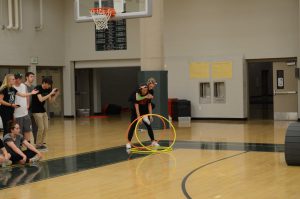
Photo Credit: Katie Reed
At the end of the night seniors Lauren Rice and Erica Wiley won, and they each received a $100 gift card to Amazon. Seniors Dayton Williams and Ted Niemann placed second, and Sheridan Davis and Tanner Robinson placed third. “We excelled more at the physical, but when it came to the puzzles… We talked [the puzzles] out a lot. We just kept talking,” Rice and Wiley said. “Figure out your strengths and build on it hard. Really commit to doing as good as you can on the first one because then we felt like we had a safety net.”
